En el campo de la fabricación de productos electrónicos en rápida evolución, circuitos integrados (IM) servir como el "cerebro" de una PCB. Accurate identification of IC part numbers and correct pin connections are the foundation for ensuring product performance and reliability. Sin embargo, engineers and project managers often face challenges in identifying IC components due to the vast variety and differing markings. Even a minor misinterpretation can lead to design defects, production delays, or significant financial losses.
En [Totalmente Hong], we understand these challenges deeply. This article will provide a detailed explanation of IC part number conventions and pin marking methods, helping you accurately identify components and ensure every PCB project maintains quality from the source.
1. IC Part Numbers: Decoding the Component “ID Card”
IC part numbers serve as the most direct “ID card” of a component, usually containing critical information such as manufacturer, series, function, and package type. Understanding these codes is the first step in selecting and procuring ICs correctly. Common labeling rules include:
-
Manufacturer Code/Logo: Each IC manufacturer has a unique identifier or abbreviation, typically located at the beginning of the part number. Examples include TI (Texas Instruments), ADI (Analog Devices), etc.. This is an important reference for determining component origin and authenticity.
-
Part Number Encoding: The core identifier of the IC, representing its specific functions and performance specifications. Complex part numbers may include combinations of letters and numbers, each indicating functional modules, processing capability, or technical features. For instance, a microcontroller part number may specify core type, memory size, and peripheral interfaces.
-
Date Code and Lot Code: Usually expressed in formats like YYWW (year/week) to track production date. Lot codes indicate specific production batches, crucial for traceability and quality control.
2. Core Challenge: Pin 1 Marking Standards and Variations
Correctly identifying Pin 1 is key to preventing reverse installation, cortocircuitos, or functional anomalies. While there are general industry conventions, variations exist among different package types and manufacturers, requiring careful attention.
-
Traditional Packages (ADEREZO, SOP, QFP, etc.):
-
Dot or Notch: The most common method for marking Pin 1. A dot or notch is usually engraved near Pin 1. For DIP packages, the notch is typically located at the center of the short edge, with pins numbered counterclockwise starting from the top-left corner.
-
Chamfer or Slanted Corner: Some ICs have a distinct chamfer or slanted corner at Pin 1’s location.
-
-
BGA/LGA Packages:
-
For Ball Grid Array (BGA) and Land Grid Array (LGA) packages, the first pin is indicated not by a physical lead but by a pad. Manufacturers typically mark the A1 pad using silkscreen dots, laser etching, or a small cut corner on the top or side of the package.
-
3. Cómo [Totalmente Hong] Ensures Accurate IC Components and Superior Quality
En [Totalmente Hong], we understand that accurate component identification is fundamental to PCB quality. As a one-stop PCB and PCBA service provider, we integrate rigorous component management into every stage of production.
-
Strict Supplier Qualification Review: We only work with globally certified and trusted component suppliers to eliminate counterfeit or substandard parts. ✅
-
Multiple Incoming Inspections: All ICs undergo verification of part numbers, visual inspection of pins, and anti-static packaging checks. For critical components, we even perform electrical parameter testing to ensure full compliance with datasheets. 🔎
-
Professional Engineering Support: Our engineers have deep IC knowledge and hands-on experience, capable of accurately interpreting complex markings and providing guidance during production. 📢
-
Full-Process Traceability: From procurement, warehousing, production to final delivery, every component has a unique “identity code,” ensuring complete traceability and auditability. ⚡
Why Choose [Totalmente Hong]? Comprehensive Solutions and Reliability
Choosing [Totalmente Hong] means selecting more than just a PCB manufacturer—it’s choosing a reliable partner. We understand the challenges you face in electronics design and manufacturing and are committed to delivering complete solutions through professional expertise, rigorous quality control, and seamless communication.
Our Advantages:
-
Technical Expertise: Experienced engineers proficient in various IC characteristics and package types, ensuring your designs are perfectly executed.
-
Seguro de calidad: Adhering to IPC international standards, every stage from component procurement to final testing is strictly controlled.
-
Efficiency and Cost Optimization: Strong supply chain management and efficient production processes help shorten project timelines and optimize costs.
-
One-Stop Service: From PCB fabrication to PCBA assembly and testing, we provide end-to-end solutions, simplifying your supply chain management.
Call to Action (CTA)
We hope this article helps you better understand IC part numbers and pin markings. If you encounter any challenges with component identification or procurement during your projects, or if you require high-quality PCB/PCBA custom services, please contact the [Totalmente Hong] expert team immediately for detailed technical consultation and customized quotation solutions. Let’s safeguard the success of your innovative products together!

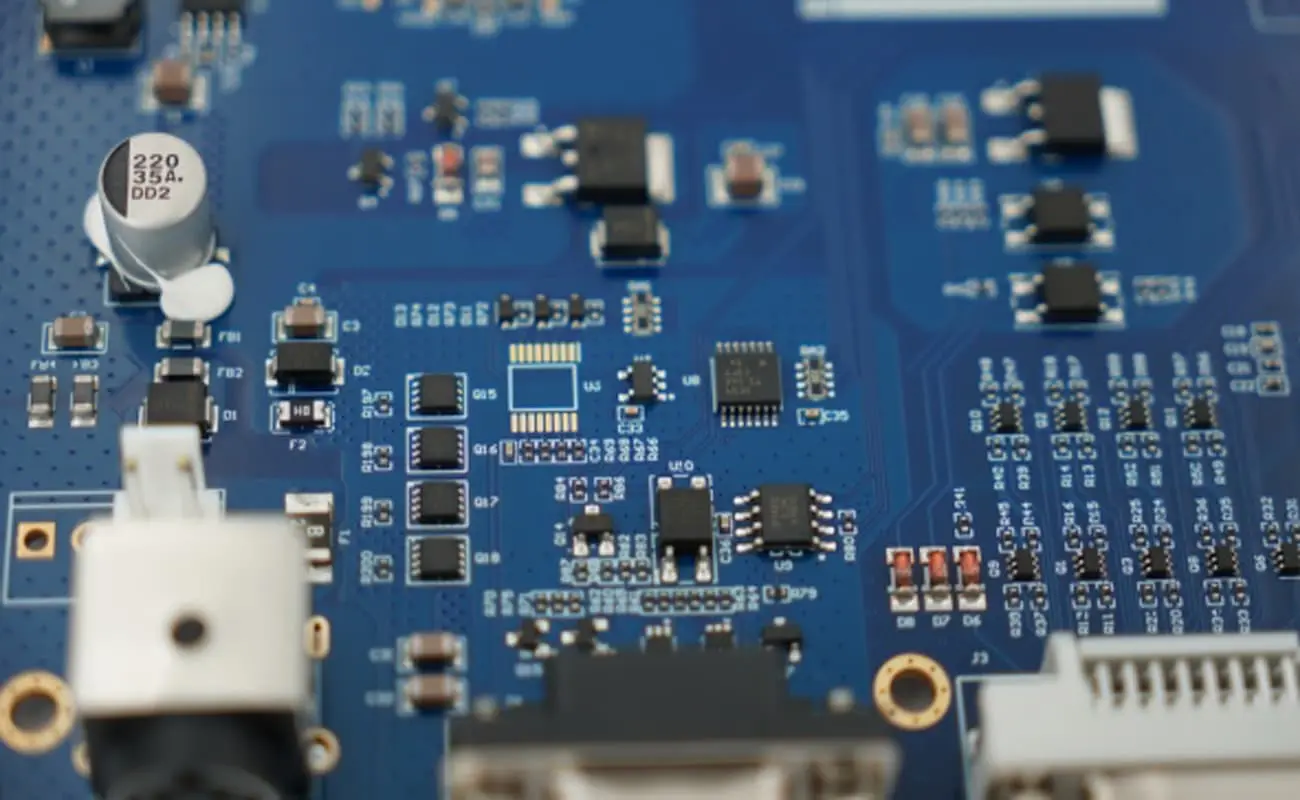
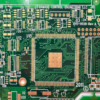

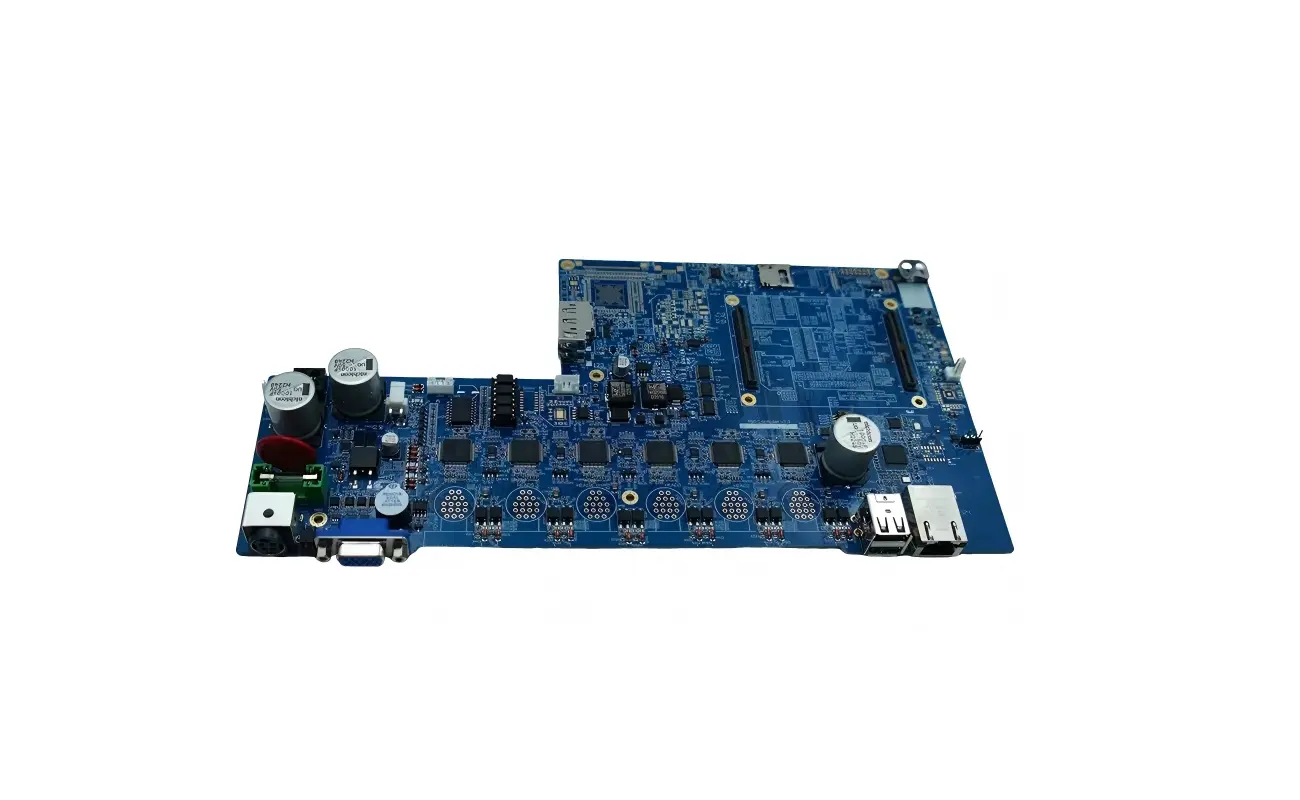
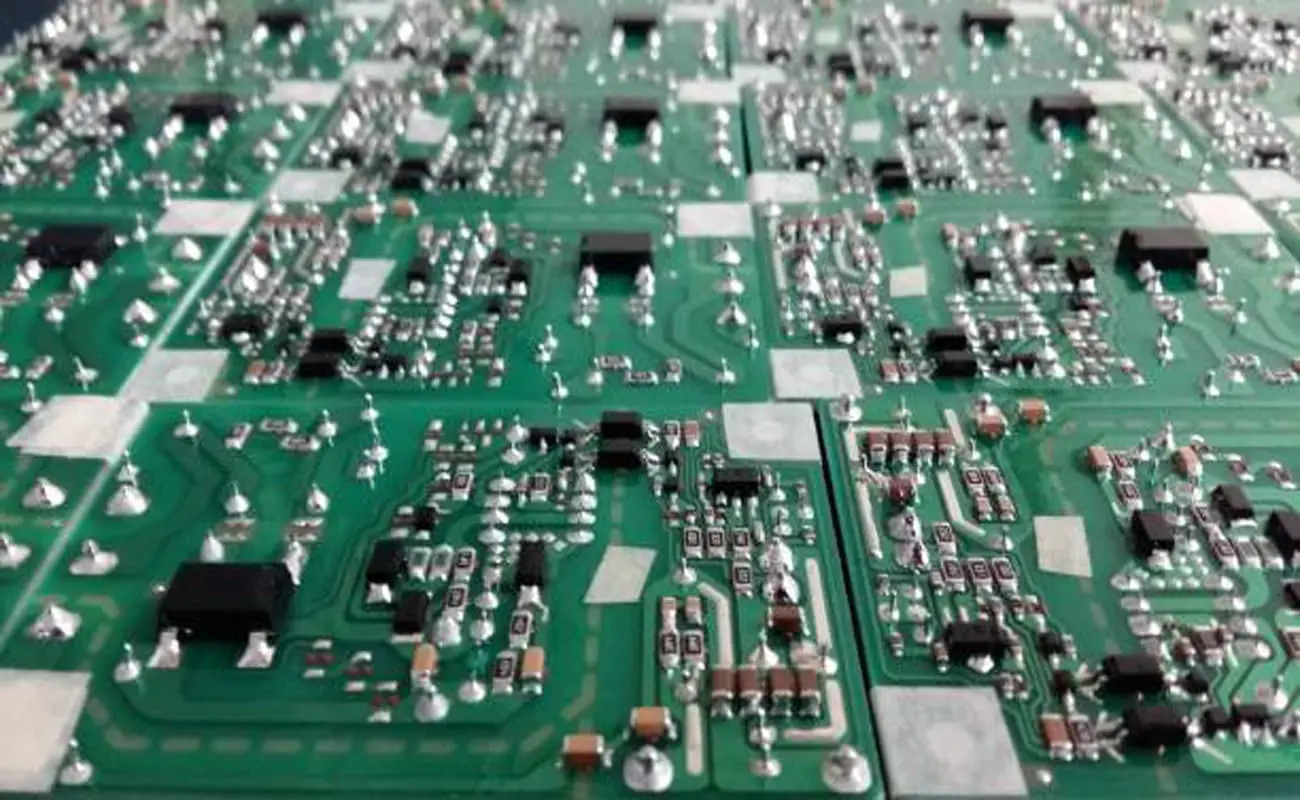


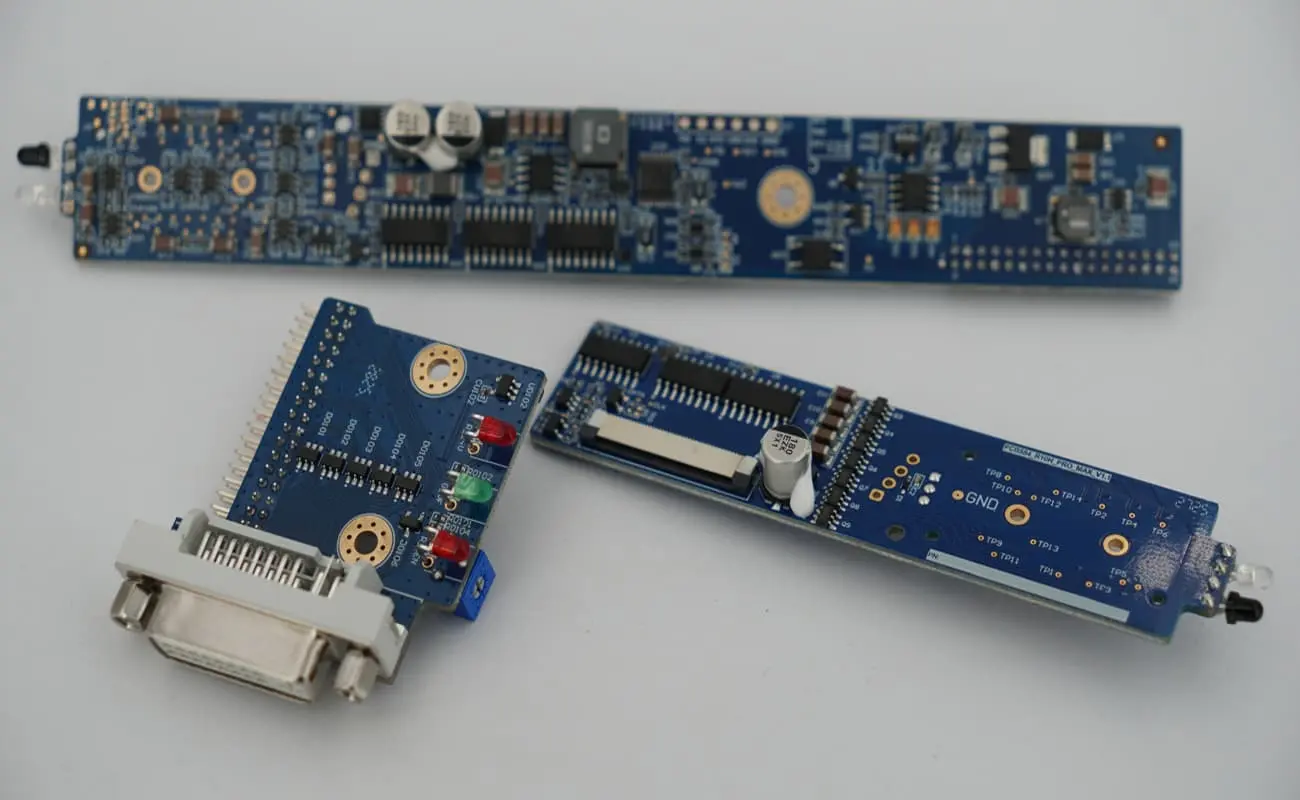
Deja una respuesta